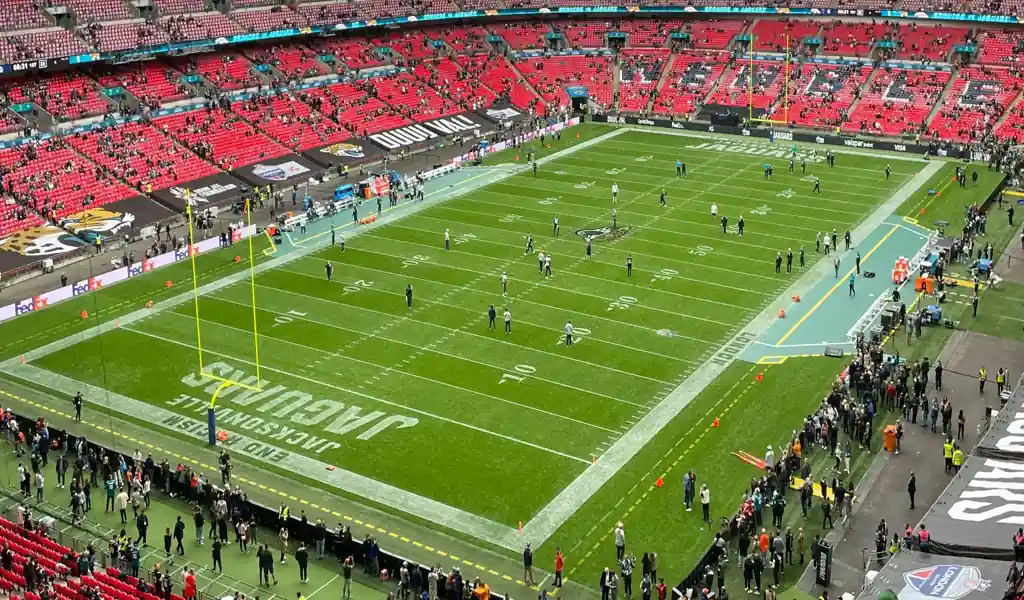For many that are new to the gambling game, the question is; what’s available and how do I bet? What do the numbers mean and how do I read the odds? Even the old pros can use a refresher every once in a while. Nobody knows everything and everybody needs a reminder from time to time.
For all of the American bettors; American odds are what you are most likely accustomed to seeing. However, you may run across a website or an online sportsbook that uses Decimal or Fractional odds. For those that are not used to seeing these types of odds, they can be confusing and downright frustrating. Take a moment and learn how to convert them and how to read them.
American Odds
These are the odds that the vast majority of American bettors are used to seeing. For American bettors, they are simple and easy to read and we all know them like the backs of our hand. For bettors around the world, these odds can be confusing and frustrating, just as decimal or fractional odds are confusing and frustrating to Americans.
American Odds are also known industry-wide as Money Line Odds. Money Line Odds are always referred to as the “straight-up” way of betting on a sporting event. When you bet Money Line Odds, you are betting that one sports team will beat another straight-up, in other words; you are betting that one team will be the winner and it does not matter by how many points or what the final score is. All that matters is simply the winner of the contest. There are three ways that American Odds are broken down:
• Positive Odds
• Negative Odds
• Even Odds
*Rule of Thumb: Always think of American Odds in terms of money, as in either $1.00 or $100. Thinking in these terms will make the numbers make much more sense.
Positive Odds: When the number that you are looking at is a positive number such as +140, this means that you will win $140 for every $100 that you bet, or you will win $1.40 for every $1.00 bet. In American sports gambling, if there is a positive number attached to a sports team or sporting event/game or otherwise, this means that the team, in particular, is the underdog.
Negative Odds: You will see a negative number attached to a specific game or event when that team/game/event, or otherwise, is the favorite to win. Again, using the same money system as positive numbers, I.E. $1.00 or $100. If you were to see a number such as -140, this means that you will need to play $140 in order to win $100, or for every $1.40 that you play, you win $1.00.
Even Odds: Even Odds is as simple as it sounds—the money is even. There is not a positive or negative number attached and there is not a favorite to win the game. For every dollar you play, you win $1.00, or for every $100 that you play, you win $100. Different bookmakers do different things when displaying even odds for any given sporting event. Most of them will display Even Odds as the word “Even”, some will add +100 or -100, all three ways are paid dollar for dollar.
Decimal Odds
As a bettor, you will most likely never see decimal odds unless you are using an online bookmaker from some parts of Europe, Australia, New Zeeland, or Canada. Decimal Odds are a bit different than fractional odds in the fact that the bettor is separating themselves for the stake involved (parting ways) with the stake… (stake = amount of money at risk). What the bettor wins, is the figure quoted. Decimal Odds are figured in this manner: The Decimal Odds on the outcome of a sporting event is the mathematical equivalency of 1 + the decimal value of the fractional odds. Even odds or 1/1 are always quoted in decimal odds as 2, 4/1 fractional odds are always quoted as 5, and 1/4 odds are always quoted as 1.25. Decimal Odds are in large-part, considered/and also known, as European Odds.
Fractional Odds
Fractional Odds will most likely be used by sportsbooks or online bookmakers in the United Kingdom and Ireland. Fractional odds are very common in horseracing and they always quote the net profit paid to the bettor. Key Factor with Fractional Odds: Do not mistake fractional odds, as a probability of outcome or an aggregate. This is simply not the case and must never be looked at in this manner. Fractional odds are written in such a way—with a “/” mark to separate the amount at stake, from the amount to win. This is the case with any fractional quote that’s greater than even money. This fraction may be derived by subtracting 1 from the aggregate of the odds of winning the bet. Odds that include winning more than even money–this fraction will be improper– Odds of 4:1 or less are thought of in this manner–“four-to-one against” in other words, this says the bettor will make a $400 profit on a $100 bet. If the odds are 1:4, the bettor will make $25 on a $100 bet. No matter how the bet is placed, as either positive or negative, the bettor always receives the original stake in return, as long as the bet is a winner.
| Fraction | Decimal | American | Implied Probability |
| 1/5 | 1.2 | -500 | 0.833 |
| 2/9 | 1.22 | -450 | 0.818 |
| 1/4 | 1.25 | -400 | 0.8 |
| 2/7 | 1.29 | -350 | 0.778 |
| 3/10 | 1.3 | -333.3 | 0.769 |
| 1/3 | 1.33 | -300 | 0.75 |
| 4/11 | 1.36 | -275 | 0.733 |
| 4/9 | 1.44 | -225 | 0.692 |
| 1/3 | 1.33 | -300 | 0.75 |
| 5/4 | 2.25 | 125 | 0.444 |
| 11/8 | 2.38 | 137.5 | 0.421 |
| 9/1 | 10 | 900 | 0.1 |
| 10/1 | 11 | 1000 | 0.091 |
| 20/1 | 21 | 2000 | 0.048 |
| 50/1 | 51 | 5000 | 0.02 |
| 100/1 | 101 | 10000 | 0.01 |
| 1000/1 | 1001 | 100000 | 0.001 |
As you can see, fractional and decimal odds can be quite convoluted, however, it may come in handy to know the different ways of calculating these odds Vs. American Odds. Most online bookmakers offer the option for American Odds, there is usually a way to toggle from decimal or fractional–to American. Remember, there are many ways to bet and the odds may be written differently than what you may be accustomed to seeing. There are Parlays, Teasers, Pleasers, If Bets, Reverses, Grand Salami, Run Lines, Puck Lines, Live Betting, and so much more.












